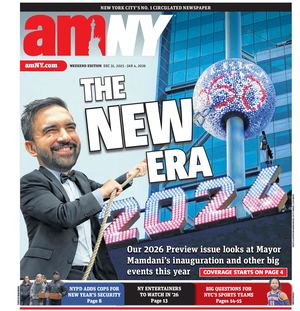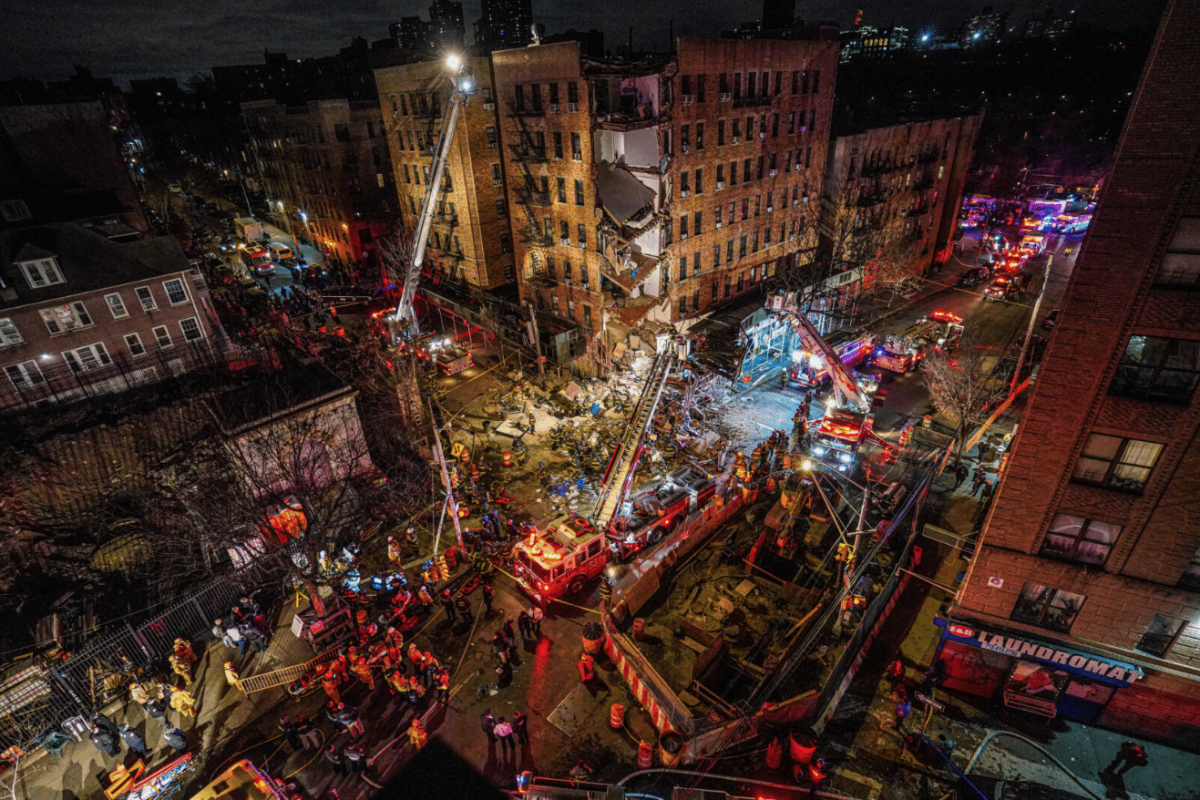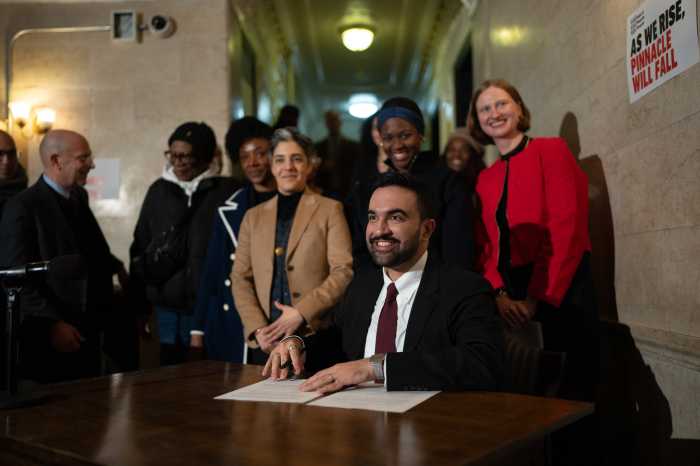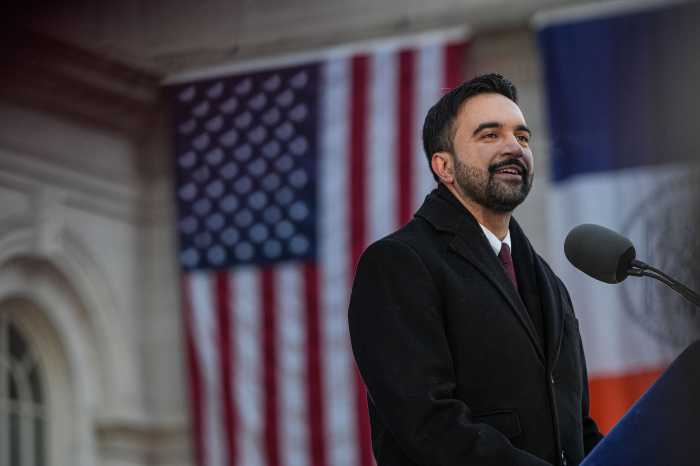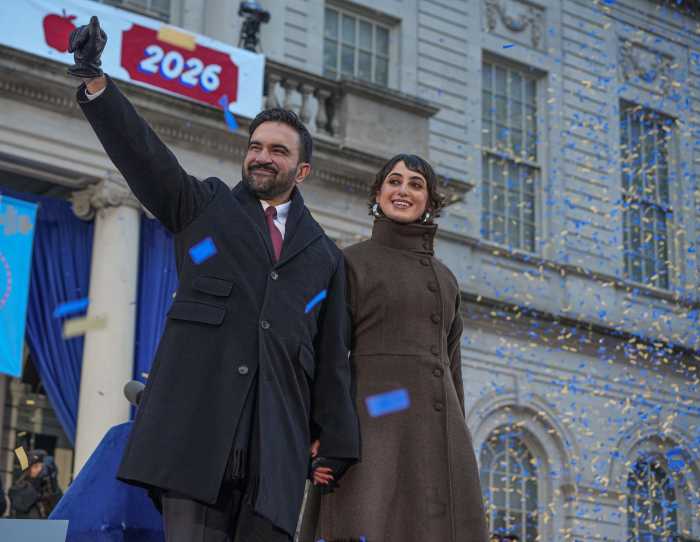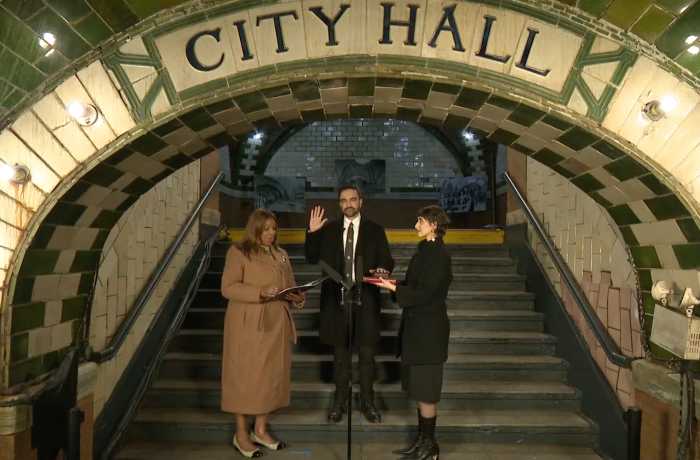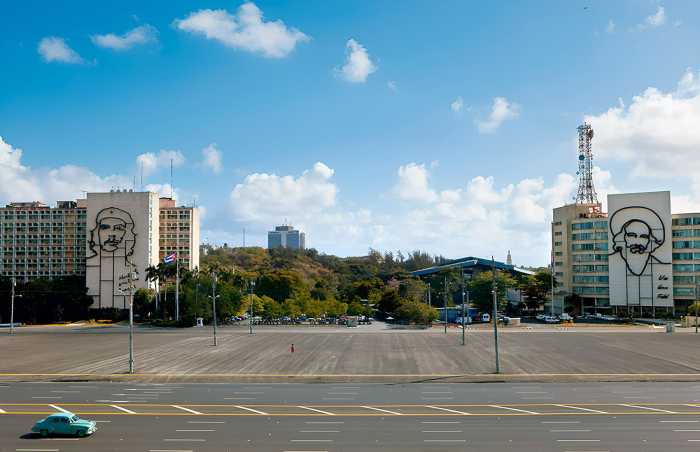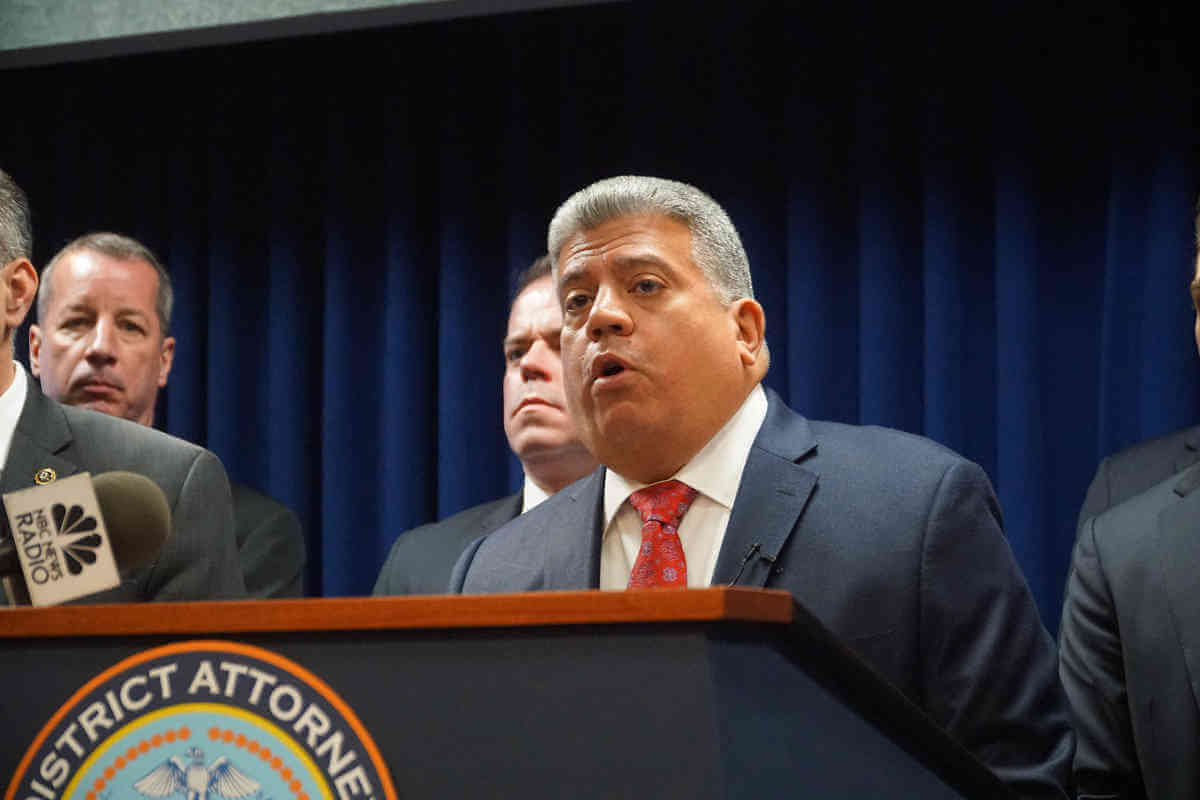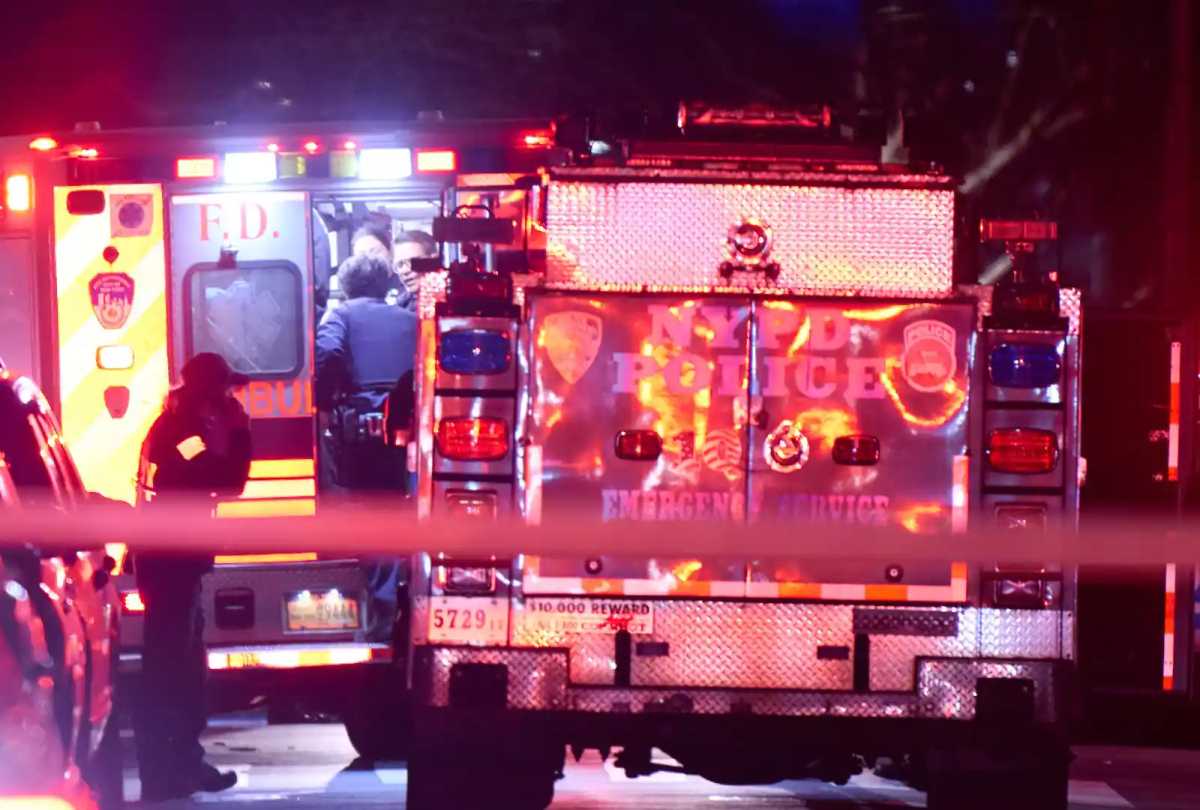Roughly 6 months after the catastrophic partial collapse of a Bronx apartment building, the City Council on Thursday approved legislation aimed at stopping such structural damage from slipping through the cracks in the future.
The Billingsley Terrace Structural Integrity Bill, which is named after the building that partially collapsed in December at 1915 Billingsley Terrace, stipulates the city Department of Buildings must create a “proactive inspection” program. In practice that means looking at predictive factors like a building owner’s violation history, compliance filings and the disciplinary records of their registered design professionals to identify which properties are at risk of structural damage.
City Council Member Pierina Sanchez (D-Bronx), the bill’s lead sponsor, said it is designed to prevent future dangerous structural failings like the Bronx collapse, which followed years of neglect and hundreds of violations with the city. While the collapse damaged multiple apartments and displaced over 100 of the building’s tenants, no one was killed.
Sanchez said the event left many of the buildings’ tenants, and New Yorkers at large, asking what information the city had that could have helped avoid it.
“The Department of Buildings operates on a reactive basis,” Sanchez said, during a Thursday afternoon news conference. “We cannot rely on reactive approaches to keep New Yorkers safe at home and in their places of work … By moving from a strictly reactive approach to a [proactive] approach that uses predictive analytics, we can do better by New Yorkers.”
The council member emphasized the bill’s requirement that design professionals be vetted, given that Richard Koenigsberg — the engineer who designed the Bronx building — mistook a load-bearing column for a decorative, non-structural one in his blueprints, according to a city investigation. He was then suspended for two years and hit with a $100,000 fine in February.
“Let’s recall that at 1915 Billingsly design professionals misclassified a load-bearing column and workers pulled bricks out, causing this partial collapse,” Sanchez said.
The measure also requires the DOB commissioner to draft rules on when a “corrective action plan” — prepared by a registered design engineer — would be necessary for a building owner to submit following an inspection of their property. Building owners must submit the plans to DOB within 30 days of being notified of a violation.
The agency would have to conduct subsequent inspections to track the owner’s implementation of the plan and issue a violation for failing to comply with it.
Additionally, property owners must post notifications of the issues flagged in their building’s lobby. The notices must be available in all designated citywide languages.
DOB Commissioner Jimmy Oddo, who worked with the council to draft the bill, said Mayor Eric Adams’ administration is putting $4.7 million towards standing up the program.
“DOB must go on the offense against these bad actors so that we can effectively intervene before a tragedy occurs,” Oddo said, in a statement. “The creation of a proactive building inspection program will be transformative, allowing us to investigate potential structural issues and protect New Yorkers from dangerous conditions that could turn deadly.”
Read More: https://www.amny.com/politics/
